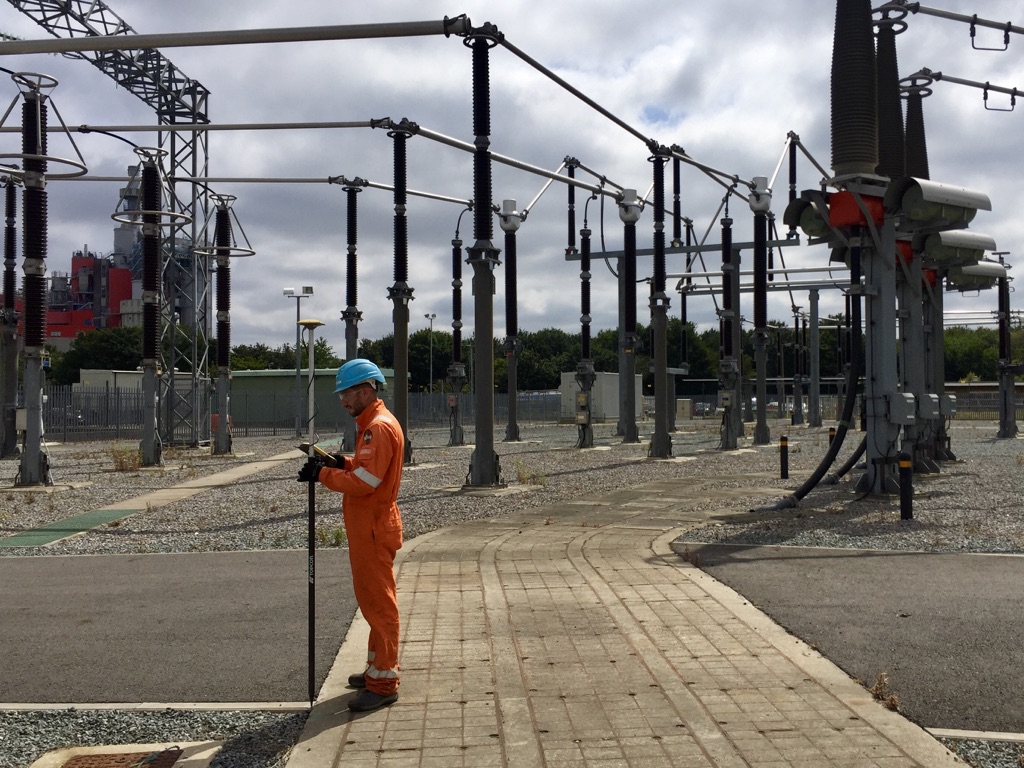Crucial Devices and Strategies in Laying Out Design
The self-control of establishing out engineering counts heavily on a suite of essential tools and methods that underpin the precision and performance of task implementation. What ramifications does this hold for future design techniques?
The Importance of Accurate Measurements

The value of precise dimensions expands past simple compliance; they are essential to the overall performance of design processes. Mistakes can result in worldly waste, job hold-ups, and boosted labor costs, eventually influencing the project's profits. Moreover, exact dimensions enhance the high quality of the last product, making sure that it executes as meant and meets the expectations of stakeholders - setting out engineering.
In addition, the value of exact dimensions is obvious in different engineering self-controls, including civil, mechanical, and electric engineering. Thus, promoting a culture that prioritizes accuracy is vital for the future of design.
Important Tools for Laying Out
Laying out, a crucial phase in the design and building procedure, depends heavily on certain devices that make sure accurate location and positioning of frameworks. Among these devices, the surveyor's degree sticks out, supplying specific straight dimensions essential for establishing referral points. This tool enables engineers to figure out elevation adjustments and preserve harmony across the task site.
The overall terminal is another indispensable tool, incorporating digital distance dimension with angular measurement capacities. This modern technology enhances efficiency and precision in recording spatial data, permitting for effective website format and preparation.
In addition, using measuring tapes and noting devices, such as chalk lines or stakes, is essential for momentarily noting limits and crucial points on the site. These fundamental tools, though easy, are essential for making certain clear communication amongst the building team pertaining to job specifications.
Lastly, GPS modern technology has actually obtained grip in laying out procedures, providing real-time placing information and considerably enhancing precision over traditional methods. Collectively, these vital devices develop the foundation of reliable establishing out practices, ultimately contributing to the effective execution of design and building and construction tasks.
Advanced Evaluating Techniques
Advanced surveying methods play a pivotal function in boosting the accuracy and performance of engineering jobs. These strategies encompass a variety of techniques that provide exact data for design and building and construction. Standard approaches, such as progressing and triangulation, have actually evolved into more advanced approaches, including Total Terminal studies and Worldwide Navigation Satellite Equipment (GNSS)
Overall Station tools incorporate electronic theodolites with distance dimension capacities, permitting land surveyors to collect precise location information with terrific rate. This innovation dramatically minimizes mistakes connected with manual dimensions and offers real-time information processing. GNSS uses unrivaled precision for massive projects by using satellite signals to determine specific positioning, which is important for ensuring click over here now and aligning frameworks compliance with style specifications.
Along with these tools, advanced strategies additionally incorporate geospatial evaluation and 3D modeling. These methods allow designers to picture surface and website conditions a lot more effectively, assisting in better decision-making throughout the planning stage. By utilizing these advanced checking strategies, engineering projects can achieve higher accuracy in format, reduce rework, and inevitably enhance general job success.
Digital Modern Technology in Engineering
The combination of electronic innovation has transformed engineering practices, enhancing both performance and precision throughout different self-controls. Tools such as Building Information Modeling (BIM) facilitate the visualization and management of intricate tasks, permitting designers to team up perfectly and make notified choices. This modern technology enables the creation of thorough 3D versions, which can be analyzed for structural honesty and efficiency before construction begins.

The application of artificial knowledge and machine understanding in engineering procedures additionally boosts anticipating maintenance and optimization of sources. On the whole, digital modern technology is improving the engineering landscape, driving innovation, and guaranteeing that projects are finished with greater performance and minimized risk.
Ideal Practices for Execution
When applying digital innovation in design, it is important to develop a critical technique that lines up with task objectives and organizational abilities. A comprehensive evaluation of existing operations and technology facilities is important to identify voids and chances for improvement. Engaging stakeholders early at the same time fosters collaboration and makes sure that the modern technology fulfills customer demands.

Project supervisors should adopt an iterative execution technique, permitting for changes based on real-time feedback and efficiency assessments. This dexterous strategy not only minimizes risks however also promotes continual renovation by including lessons learned.
Final Thought
To conclude, the integration of vital tools and advanced methods in laying out design is vital for guaranteeing accuracy in measurements and successful job execution. Utilizing instruments such as property surveyor's levels, total stations, and GPS technology, together with modern-day checking techniques, enhances precision and decreases the probability of mistakes. Taking on ideal techniques in application even more optimizes these procedures, ultimately cultivating enhanced job outcomes in the design and construction sectors.
The discipline of establishing out engineering blog relies heavily on a collection of necessary tools and techniques that underpin the precision and efficiency of task implementation.Additionally, the significance of exact measurements is obvious in various design self-controls, including civil, mechanical, and electric design. By employing these advanced surveying techniques, engineering jobs can accomplish better accuracy in format, minimize rework, and ultimately improve total task success.
On the whole, digital innovation is reshaping the design landscape, driving development, and ensuring that projects are completed with higher efficiency and minimized danger (setting out engineering).In verdict, the combination of vital devices and advanced strategies in setting out engineering is vital for making certain precision in dimensions and effective task execution